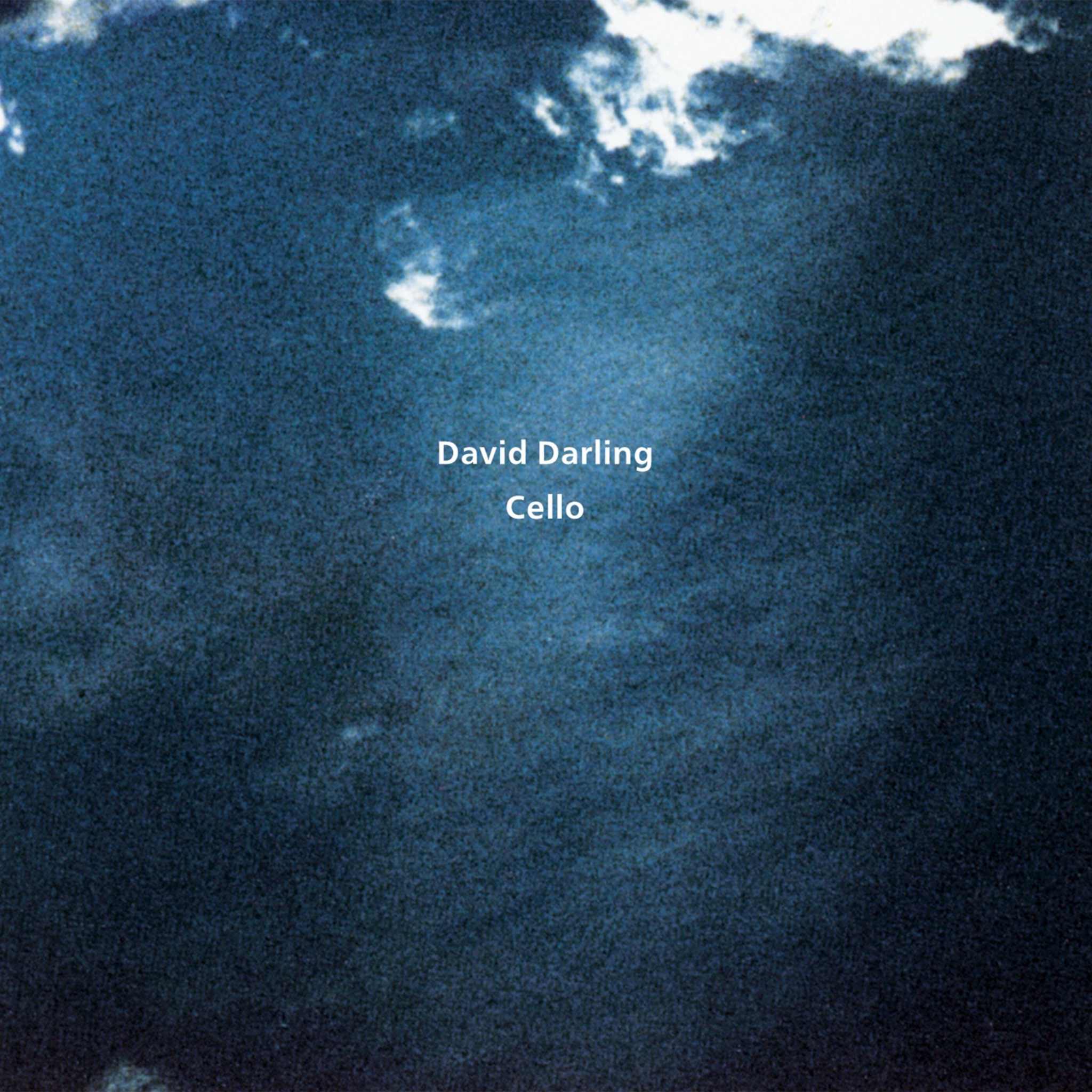Album insights
Amongst his instrumental works, Glasunov's Drei Studien, op. 31, stand out as significant contributions to piano literature. These studies were composed individually, with the third study, subtitled "Nacht," completed first on March 22, 1889. Interestingly, this piece marked Glasunov's return to piano composition after a hiatus of five years following a meeting with Liszt in 1884, which had possibly impacted his confidence. While Glasunov was considered a mediocre pianist, the third study, along with the other two, represents the pinnacle of Russian virtuosic piano compositions.
Dating back to May 14, 1896, the first study is the most brilliant of the three, featuring daunting double-note passages for the right hand. The second study, romantically passionate, dates to August 14, 1891.
During the summer of 1889, Glasunov visited France for the first time, where his First Symphony was performed at the 1889 Exposition Universelle in Paris. This experience provided him with invaluable connections within the musical circles of Paris, including personalities like Delibes, Massenet, and Messager. Upon his return to Russia, Glasunov's international reputation significantly improved, leading to a more confident phase of his career where he completed significant works like his symphonic piece "Der Kreml," Symphony No. 3, and Two Pieces, op. 22, for piano. These works, with their light charm and elegance, contributed significantly to the salon genre that was prevalent in late 19th-century Russian music.
The early works of Glasunov with Rimsky-Korsakov, including Miniature in C, Einfache Sonate, and Sonatina, offer insights into his early compositional approaches that impressed Balakirev when Glasunov was introduced to him at the age of thirteen. These pieces, likely written around 1880, showcase the remarkable progress Glasunov made in his musical development.
Glasunov's Zwei Präludien-Improvisationen, composed in 1918, demonstrate his attempt to align his work with the new Russian avant-garde while still retaining ties to his romantic past. Although he explores new musical expressions, the pieces remain connected to his earlier compositions, albeit with dense and darker structures.
"Tema und Variationen," op. 72, written in 1900, is one of Glasunov's major piano works, alongside his two piano sonatas, completed during his significant compositional period from 1899 to 1906. Originally titled "Variationen eines finnischen Volksliedes," the composition showcases Glasunov's versatility and creativity in the piano medium, making it one of his most successful undertakings. The decision to publish it under the simpler title "Tema und Variationen" may have been influenced by the political climate of the time, given the Russification policies under Nicholas II.

